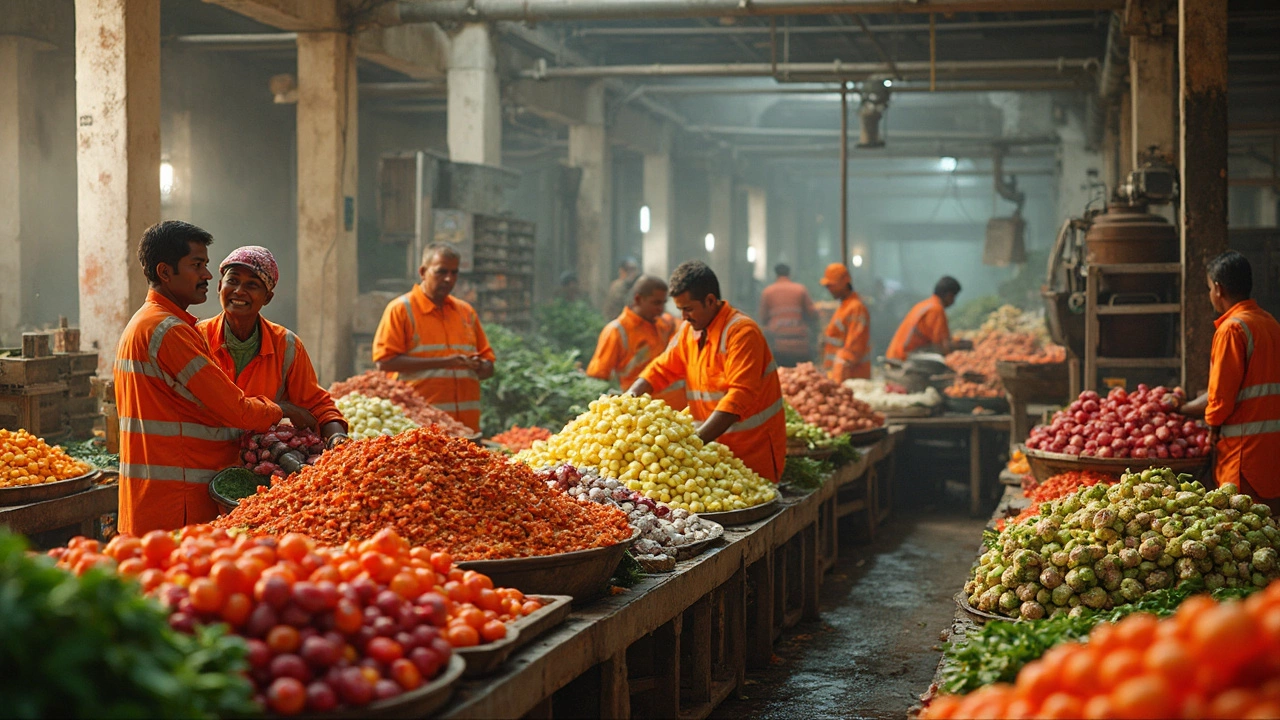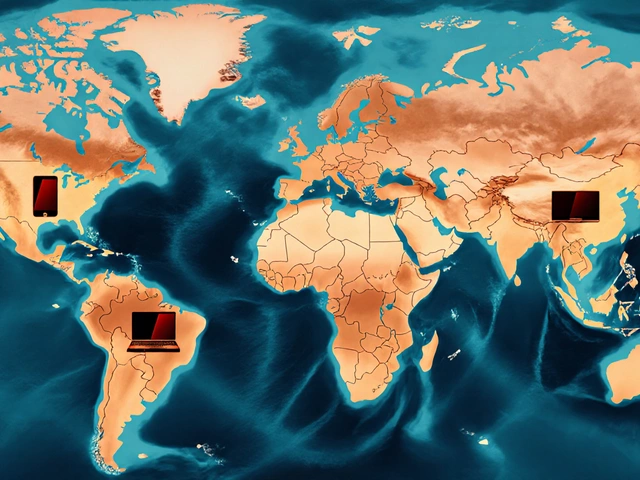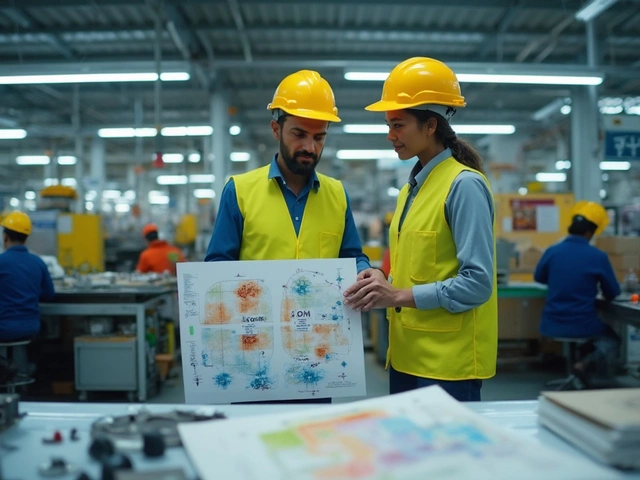Secondary Processing in Indian Manufacturing
When working with secondary processing, the set of operations that add value to raw materials after the primary manufacturing stage. Also known as post‑primary manufacturing, it transforms basic components into finished or semi‑finished products ready for market.
How It Connects to the Bigger Manufacturing Picture
The term manufacturing, the organized production of goods using labor, machines, and tools provides the raw output that secondary processing works on. In India, factories ranging from furniture producers in Gujarat to textile mills in Surat first shape raw fibers or wood, then hand over those parts to secondary processes like cutting, polishing, or coating. This hand‑off is a critical step because it determines how well the final product meets design, durability and cost goals.
One of the core ideas behind secondary processing is value addition, the increase in a product's worth through additional work, treatment or assembly. Think of a plain MDF board that becomes a stylish coffee table after edge‑banding, laminating and hardware installation. Each extra step pushes the price upward and often improves functionality. Companies that master value addition can charge premium rates while keeping raw material costs low.
To make these extra steps fast and reliable, many Indian plants rely on industrial automation, the use of robots, CNC machines and control software to perform manufacturing tasks. Automation reduces human error, speeds up cycle times, and enables consistent quality across large batches. For example, a CNC router in a furniture workshop can cut intricate patterns on plywood in seconds, a job that would take hours by hand. This efficiency feeds directly into the profitability of secondary processing operations.
But automation alone isn’t enough. material handling, the movement, protection, storage and control of materials throughout manufacturing plays a huge role in keeping secondary processes smooth. Proper conveyors, lift systems and storage racks prevent bottlenecks and product damage. In a textile finishing unit, automated rollers move fabric through dyeing, drying and pressing stations without manual intervention, keeping the flow steady and the fabric quality high.
Indian manufacturers face a unique mix of opportunities and hurdles when it comes to secondary processing. On the upside, a growing domestic market for furniture, apparel and pharmaceuticals fuels demand for finished or near‑finished goods. Companies like those highlighted in our recent posts – from IKEA’s Indian supplier network to Surat’s textile dominance – show how secondary steps such as upholstery, stitching or coating add the final touch that makes products market‑ready. On the downside, challenges include skilled‑labour shortages, rising energy costs and the need to comply with sustainability standards. Adopting energy‑efficient machines and recyclable materials is becoming a must, not a nice‑to‑have.
Understanding secondary processing helps business leaders decide where to invest for the biggest payoff. Should they upgrade their CNC fleet, add a robotic polishing cell, or redesign their warehouse layout? Answers depend on the specific product line, volume targets and cost structure. By mapping out the entire value chain – from primary manufacturing through automation and material handling – firms can spot weak spots, cut waste and boost margins.
The collection of articles below dives deep into each of these angles. You’ll find real‑world case studies, data‑driven insights and practical tips that walk you through everything from furniture material choices to textile export trends, pharma supply‑chain dynamics and the latest automation breakthroughs. Use this knowledge to fine‑tune your own secondary processing strategy and stay ahead in India’s fast‑moving manufacturing scene.

This article breaks down the 3 levels of processing in food units, explaining what happens at each stage and why it matters. You'll find real-world examples, practical tips, and insights that make sense even if you're not an industry pro. From raw produce to ready-to-eat snacks, get the facts you need to understand how your food gets from the field to your plate. Perfect for anyone who wants a straightforward explanation or is looking to improve their own processing setup. No confusing jargon—just clear, helpful info. (Read More)








